19+ Sample Coaching Proposal
-
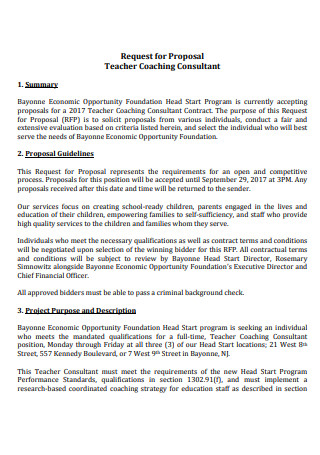
Teacher Coaching Consultant Proposal
download now -
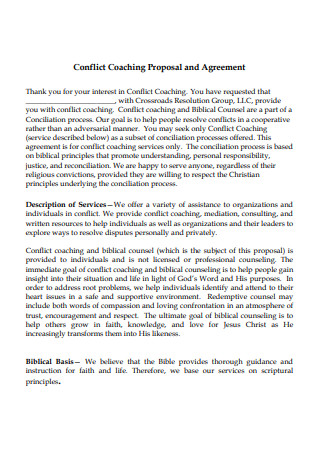
Conflict Coaching Proposal and Agreement
download now -
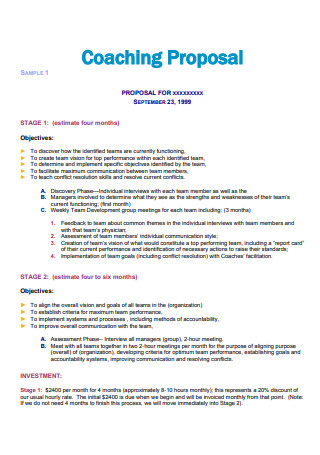
Sample Coaching Proposal
download now -
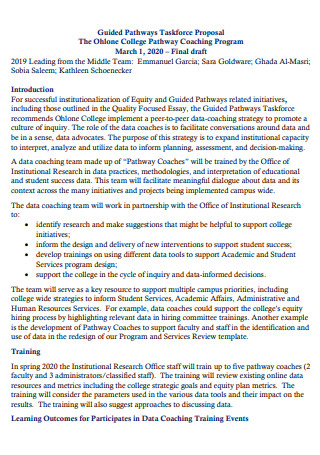
Coaching Program Proposal.
download now -

Executive Coaching and Leadership Services Proposal
download now -
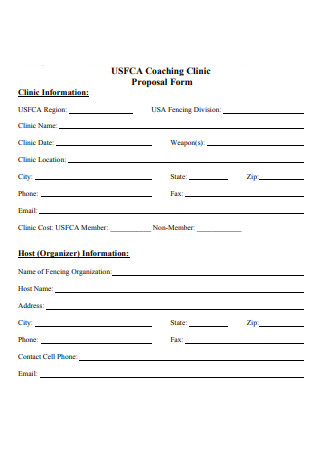
Coaching Clinic Proposal Form
download now -
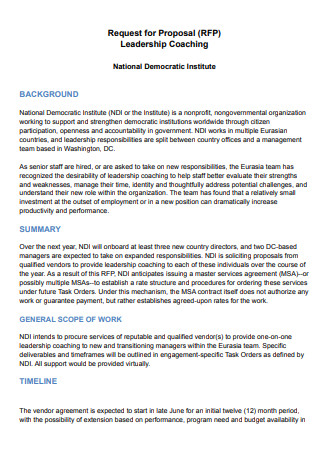
Leadership Coaching Proposal
download now -
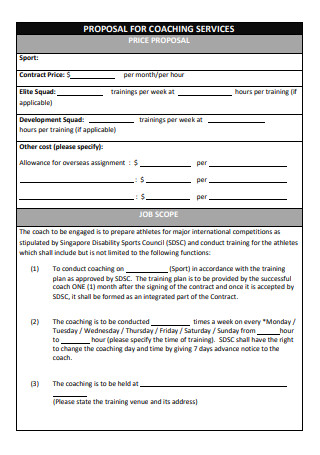
Coaching Services Proposal
download now -
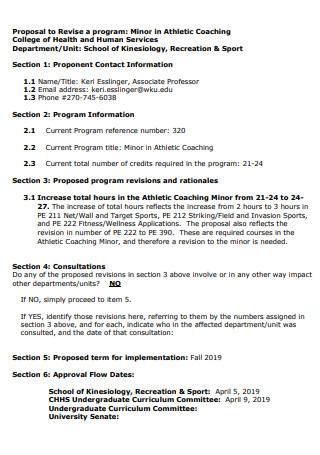
Athletic Coaching Proposal
download now -
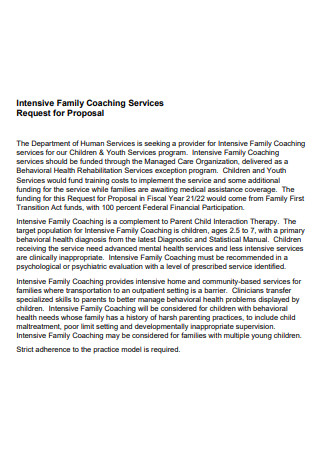
Intensive Family Coaching Services Proposal
download now -
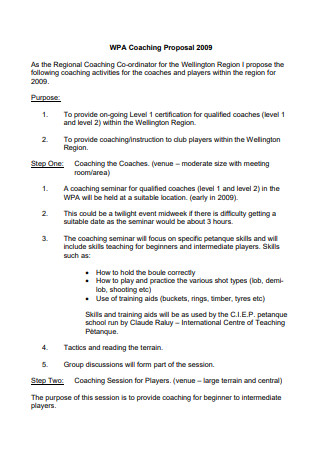
Coaching Proposal Example
download now -

Diversion Coaching Proposal
download now -
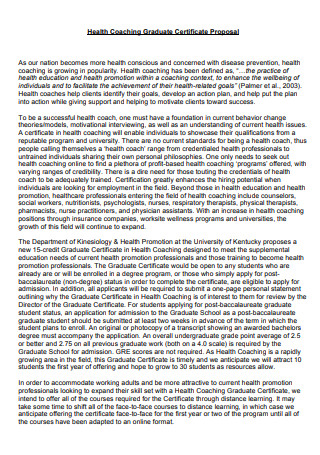
Health Coaching Graduate Certificate Proposal
download now -
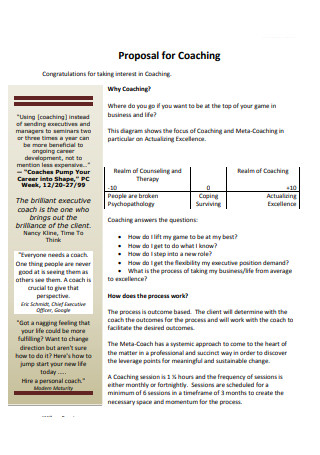
Coaching Proposal in PDF
download now -
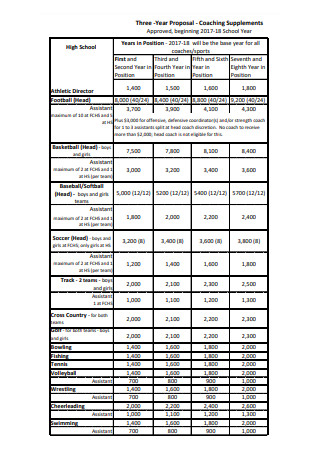
Coaching Three-Year Proposal
download now -
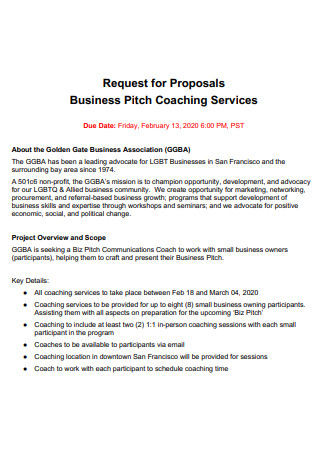
Business Coaching Services Proposal
download now -
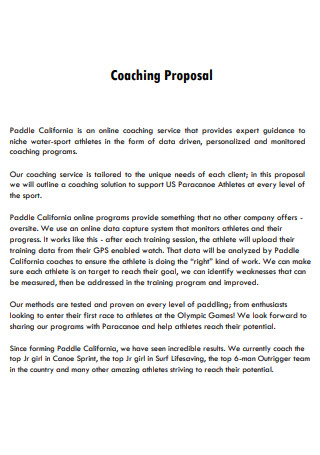
Standard Coaching Proposal
download now -
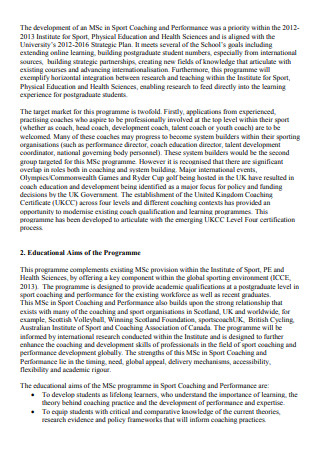
Sports Coaching and Performance Proposal
download now -
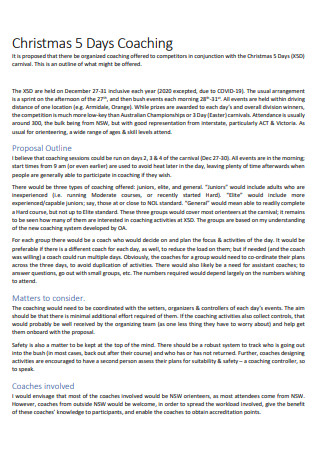
Coaching Proposal Outline
download now -
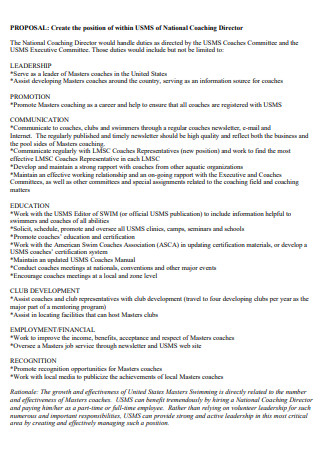
National Coaching Director Proposal
download now
What Is Coaching?
Coaching is a fascinating field that can be pursued in the corporate, personal, or professional realms. You not only organize ideas and activities for the people you are coaching but also inspire and motivate them to perform their responsibilities more effectively. It also is a way to help a person, team, or organization improve how they think, act, make decisions, and work as a whole. Different people also do coaching, depending on how old the people being coached are. Internal managers, for example, can coach less senior employees, while senior leaders are more likely to bring in professional coaches from the outside. 73% of clients say coaching helps them improve their relationships, communication, interpersonal skills, work performance, work-life balance, and health.
Benefits of Coaching
Expert executive coaching may profoundly affect individuals’ emotional and professional lives. The rewards may be immediate, but they continue to accrue over time, from role to position, over a career and a lifetime. comparatively few employee perks and training programs can make this claim. One of the fundamental ways coaching benefits individuals is by enhancing their self-awareness. A coach gives space and framework for the necessary reflection for learning and development. They assist you in understanding your values and when your activities deviate from your principles or stated objectives. A skilled coach can help you reconnect with the aspects of your life and career that you enjoy. Contrary to the traditional belief that pressure is necessary for top performance, we now realize that high pressure hinders performance. Conversely, mental health is related to increased productivity, teamwork, innovation, and job happiness.
Tips for Coaching to Use in the Workplace
Whether you are a career coach or a manager seeking to guide your team, you may ask how to best assist employees in achieving their professional objectives. Many coaches alter traditional tactics to their coaching philosophies. Implementing suitable coaching strategies can aid in establishing attainable team objectives and maintaining staff motivation. In this part, you will learn to utilize seven coaching approaches in the workplace.
1. Send pre-session questionnaires
Consider having an employee complete a questionnaire regarding their professional progress before your initial meeting. These questionnaires might help you understand why the client wants to meet with a coach and tailor the initial session to the client’s objectives. You can continue to use pre-session questionnaires following the employee’s initial session. Consider modifying the questions so the employee can assess the efficacy of your advice. You may, for instance, encourage them to consider how they utilized your advice to advance their professional development. In addition, pre-session questionnaires help detect professional obstacles and design future sessions that offer solutions. For instance, if an individual expresses difficulty motivating their team, the next session may be devoted to establishing a positive team culture.
2. Use SMART goal setting
Setting goals is one of the essential aspects of professional coaching. Goals assist clients in remaining motivated and accountable for their success. You can start by questioning them about what they wish to accomplish and why. Using the SMART goal-setting technique, you may assist the majority of clients in refining their vague goals. This strategy entails making goals as specific as possible while ensuring they are reachable. For example, if a customer declares they want to expand their firm, you could ask clarifying questions to assist them in articulating their goals. Your conversations may lead them to say that they wish to acquire 20 new customers within a month. They could also declare that they intend to attain this objective through reference requests and social media promotion. By utilizing the SMART technique, you may assist customers in transforming their vague aims into quantifiable and realistic goals.
3. Use relaxation techniques
Relaxation techniques are a simple yet efficient strategy for you and the employee to maintain focus throughout the meeting. Before a session, many coaches train employees in deep breathing exercises to ensure they can concentrate on their suggestions and adopt a good attitude. These activities are also beneficial before speaking about a complex topic. Breathing helps slow the heart rate and makes people more receptive to conflicting new ideas and methods. In addition to deep breathing routines, you can also use attentive meditation and gradual muscular relaxation.
4. Ask open-ended questions
Instead of requesting yes or no answers, open-ended inquiries encourage employees to reflect on their careers. Their expansive nature allows employees to express their genuine opinions and sentiments on a topic. For example, a coach might ask, “How do you recognize when you’re successful in your career?” This is an open-ended question to which there are multiple possible responses. The employee’s response reveals what is most important to them in their professional life and helps them set appropriate goals. For instance, if an employee identifies their professional advancement as a sign of success, you could assist them in establishing short-term objectives to work toward a promotion.
5. Utilized active hearing
Active listening is the process of comprehending what another person is saying. It encourages employees to express their feelings and ensures that their communications are appropriately processed. Allow employees to complete their sentences before interrupting or asking questions. Consider employing gestures such as nodding to demonstrate comprehension while you listen. After the employee finishes speaking, you might restate their comments and ask clarifying questions. The objective is to reassure employees that you notice their emotions without introducing yourself.
6. Discover biases
Employees’ personal biases frequently prohibit them from accomplishing their professional objectives. As a coach, it is crucial to identify these prejudices to ensure that employees can advance their professional development without hindrance. For instance, you may discover that an employee’s phobia of public speaking arises from a failed business presentation. This understanding enables you to assist the employee in overcoming their inadequacies and worries. You could suggest that they participate in small networking events to increase their confidence and prepare them for future opportunities to speak in public.
7. Use journaling
Journaling is an effective coaching method for fostering creativity and reducing stress. By requiring employees to write down their short- and long-term goals, you can encourage them to consider targets they may not have considered otherwise and ensure their accountability. Writing is also beneficial for highlighting obstacles the employee may not feel comfortable discussing openly. If an employee has a problem with a supervisor, for example, they may choose to write about the details rather than discuss them with you. Simply writing about the interaction might facilitate reflection and increase receptivity to alternative solutions.
How to Create a Coaching Proposal
To create a successful and individualized coaching proposal for each team member, you must examine their strengths, interests, and career aspirations. Follow these steps to develop an effective coaching strategy for your team:
1. Determine the employees’ attributes
You should initially identify your employee’s strengths when constructing a coaching proposal. Listing your employee’s responsibilities or obligations helps you determine which tasks to allocate and which abilities to develop further to improve their performance even more. You can also mention these characteristics to your employees to demonstrate that you’ve observed their skills and to encourage them to continue developing them.
2. Identify any areas for enhancement
Identifying an employee’s strengths facilitates the identification of improvement opportunities. List a few changes you believe your employee could make to their function. When discussing these areas with the individual, use examples to help them recognize and comprehend these performance difficulties. Try to maintain a positive tone by expressing trust in the employee’s ability to improve and overcome these challenges.
3. Provide potential solutions to help the employee overcome the obstacle
After identifying the hurdles impeding your employee’s optimal performance, you can devise strategies to overcome them. Evaluate each obstacle in your employee’s path and inquire how they believe they can overcome it and whether they require support. Encourage your employee to confound these challenges on their own, if possible, and make it known that you are there to provide the necessary help or resources.
4. Develop short-term and long-term goals
Once you have eliminated the impediments preventing your employee from performing efficiently, you should collaborate with them to develop success benchmarks and objectives. Concentrate on the areas for growth that both you and your employee have identified and set short- and long-term goals that will assist them in enhancing their performance. For instance, you could let your employees read five industry articles per week if they are new to a sector and has problems understanding and familiarizing themselves with technical language.
5. Create a plan of action for achieving these milestones
Each objective you establish should be accompanied by actionable steps to help the employee attain it. Your action plan should outline the measures you and your employee will take to achieve the desired outcome. There should be a tentative deadline associated with each milestone. For example, if an employee’s ultimate objective is to develop their public speaking and presenting skills to present a product demonstration at a conference, decide the measures you and the employee will take to reach this objective. Employees may present at a few monthly meetings and receive feedback from colleagues, or they could have weekly one-on-one training sessions with you.
6. Schedule dates and times to monitor their development regularly
Once concrete measures are in place, you and your employee should plan recurring one-on-one meetings to assess their progress, identify new hurdles, and provide constructive comments. These sessions can inspire employees to continue working toward their goals and allow you to provide positive reinforcement if they become frustrated.
FAQs
Why executive coaching?
Executive coaching helps leaders evaluate their organization’s collective and individual strengths and weaknesses. This allows them to effectively challenge themselves and their workers to develop and support the organization’s weak points.
What is an ideal proposal?
Regardless of the location or level of extravagance, the ultimate proposal reflects the couple’s connection. Aim for something highly personalized that reflects your mutual love and respect for each other if you’re attempting to create a moment they’ll never forget.
What is the purpose of a proposal?
A proposal is a written document planned to convince the prospect to embrace the proposal’s proposed solution to a problem or need. A proposal can be developed for a candidate when the proposal aims to address a need within the organization.
Creating a proposal while planning the desired goals or objectives, actions, and traits that need to be produced is challenging. Consequently, it is strongly recommended that you utilize the available, pre-made, and editable templates found on our website to create the most acceptable output possible! So, what are you waiting for? Download one today.
